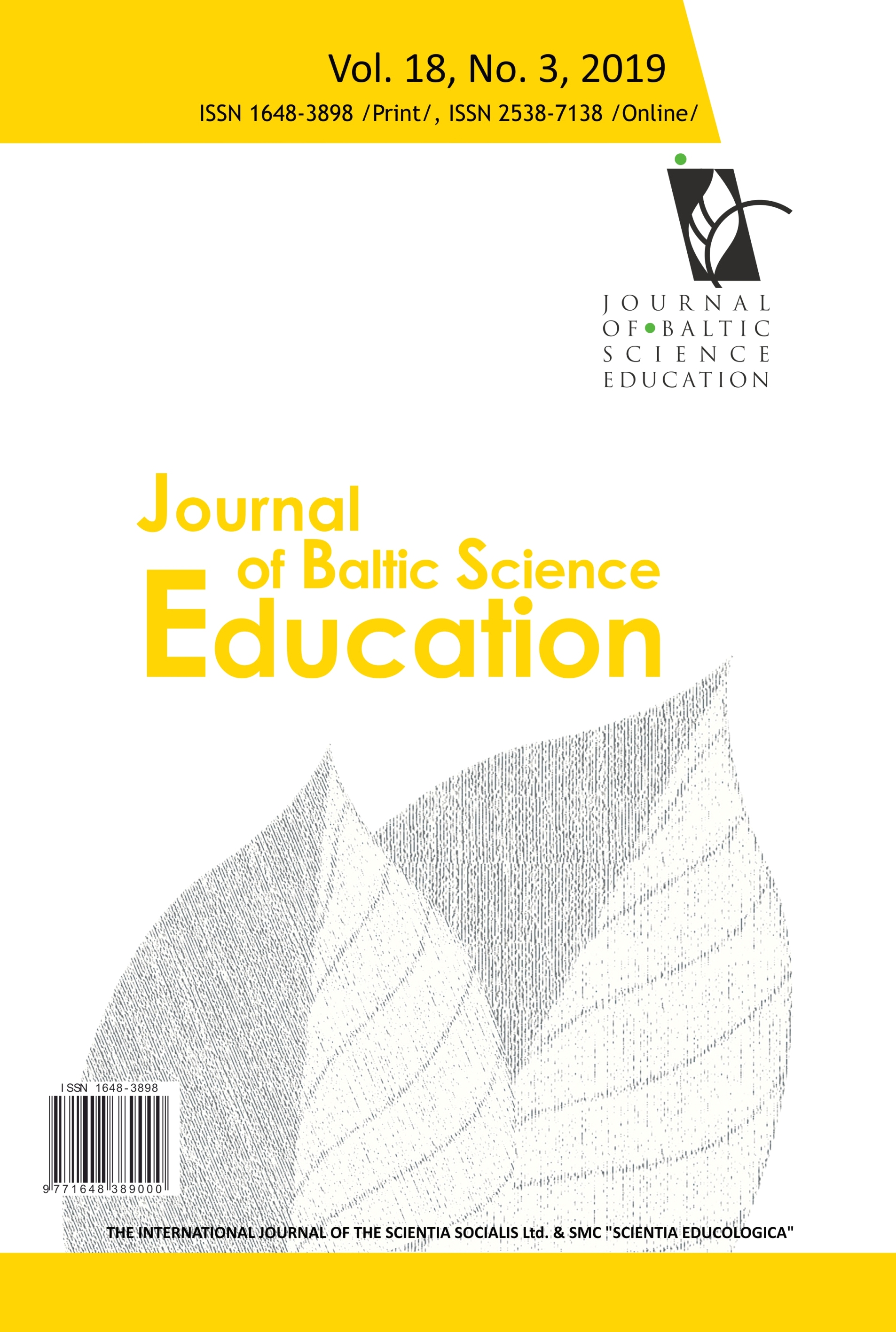LEARNING ENVIRONMENT, STUDENTS’ BELIEFS, AND SELF-REGULATION IN LEARNING PHYSICS: STRUCTURAL EQUATION MODELING
LEARNING ENVIRONMENT, STUDENTS’ BELIEFS, AND SELF-REGULATION IN LEARNING PHYSICS: STRUCTURAL EQUATION MODELING
Author(s): Maison Maison, Tanti Tanti, Syahrial Syahrial, Syamsurizal SyamsurizalSubject(s): Education, School education
Published by: Scientia Socialis, UAB
Keywords: learning environment; self-regulation; students' beliefs; structural equation modeling;
Summary/Abstract: Studies of correlations between students’ beliefs and various aspects of student learning become one of the fastest growing research areas in the field of education and psychology. The aim of the current research was to analyze the correlations between learning environments, students' beliefs, and self-regulation in learning physics through structural equation modeling (SEM). There were 1010 students from the existing five public high schools in Jambi city, Indonesia, participating in the research. Three self-report questionnaires including (1) WIHIC, (2) CLASS, and (3) MSLQ were used to collect the research data. The data analysis showed that students’ beliefs were significantly and positively correlated with multiple dimension of self-regulation in learning physics (critical thinking and peer learning); while the dimension of sense-making and problem-solving ability significantly related to the affective component of self-regulation (test anxiety). However, the dimension of students’ beliefs did not have any significant effect on all of the self-regulation components. Additionally, learning environment dimensions were significantly related to students’ beliefs about physics on the dimension of conceptual connection and related to all of the self-regulation dimensions.
Journal: Journal of Baltic Science Education
- Issue Year: 18/2019
- Issue No: 3
- Page Range: 389-403
- Page Count: 15
- Language: English

